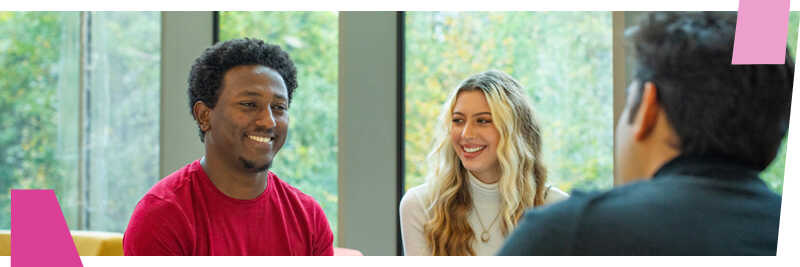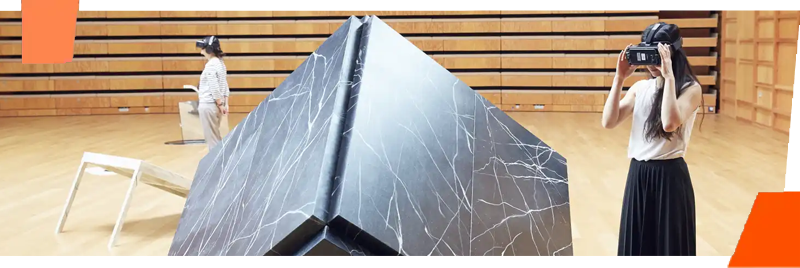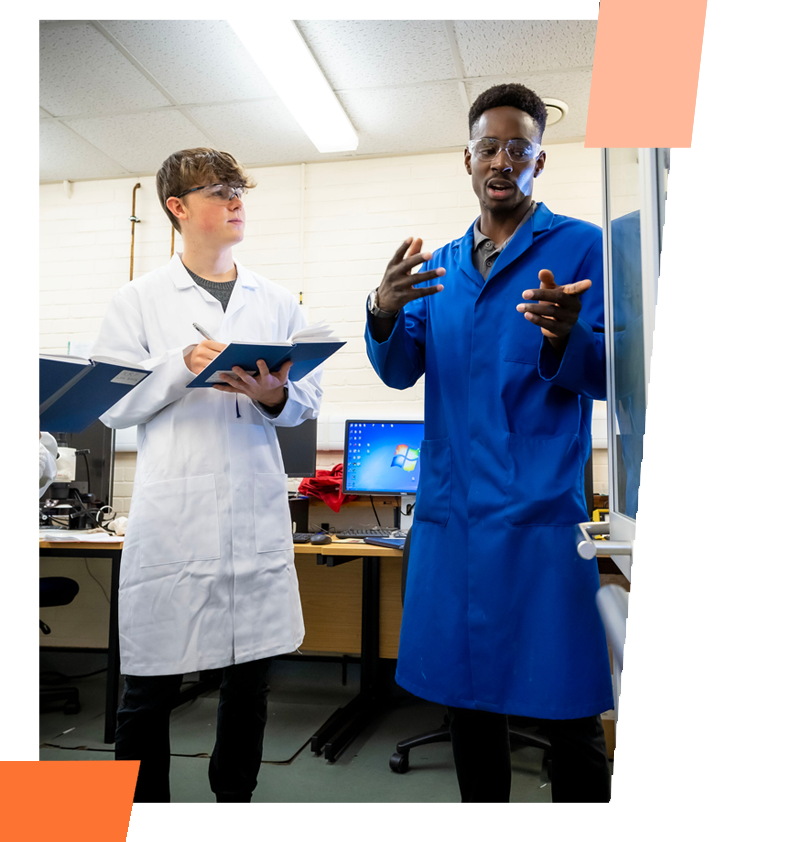
A ‘digital walking tour’ that showcases the impact Native North Americans had in Bristol has been produced by academics in the School of English.
The tour, which can be accessed on most smartphones via the PocketSights app, is titled ‘Beyond the Spectacle: Indigenous Bristol’ and takes visitors to nine key locations in the city and is around three miles in length.
It has been produced in collaboration with the Rainmaker Gallery in Bristol as part of the Beyond the Spectacle project being led by Kent’s School of English. The project is documenting the history of Native North Americans in Britain over the last 450 years and their impact on British society and culture.
Sites on the tour include the Victoria Rooms, where the Reverend Henry Patahquahong Chase (Mississauga Ojibwe) explained how he become a member of the Church of England and his attempts to convert other Indian tribes. The spot on the River Avon where Inuit captive Kalicho could be seen on his kayak demonstrating duck hunting techniques in early 1517 also features.
Other locations included spots where Rev. Peter Jones (Mississauga Ojibwe) preached at the Ebenezer Chapel in February 5, 1832, and the location of a lecture in March 1844 by Joc-O-Sot or Walking Bear, a chief of the Mesquakie nation of Iowa.
Professor David Stirrup from the School of English said: ‘The tour is a great way to help people learn more about the impact Native North Americans had on Bristol over hundreds of years in an accessible and easy-to-use way and take our research to the public.’
There are plans for further tours to be created for Canterbury, Plymouth, Manchester and Salford, Edinburgh, Norwich and one that will cover all of Kent. Three separate tours in London will also be released in the future.
The Beyond the Spectacle project, which started in October 2017, is looking to provide a comprehensive history of Native North Americans in Britain over the last 450 years. The project is funded by the Arts and Humanities Research Council (AHRC) to a value of £1m and includes the involvement of academics from the University of East Anglia (UEA) and the University of British Columbia in Vancouver (UBC).




